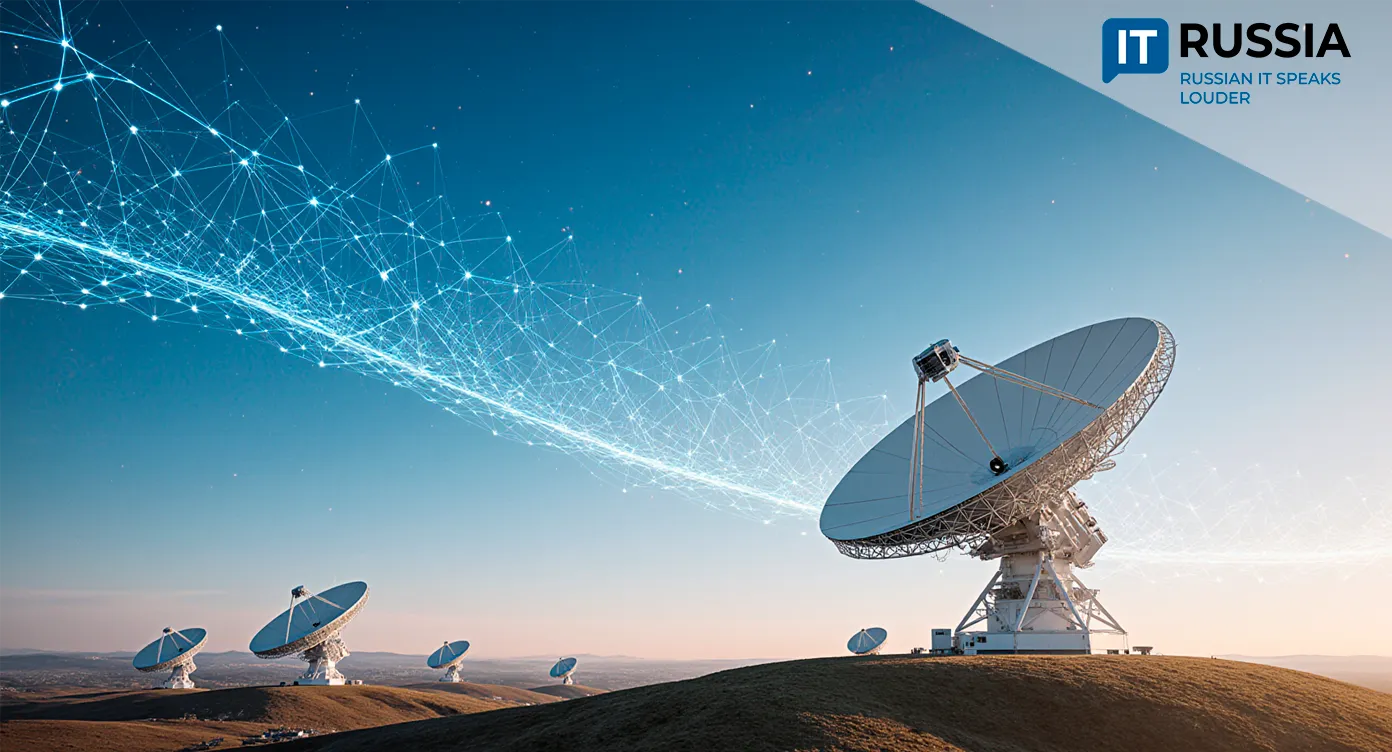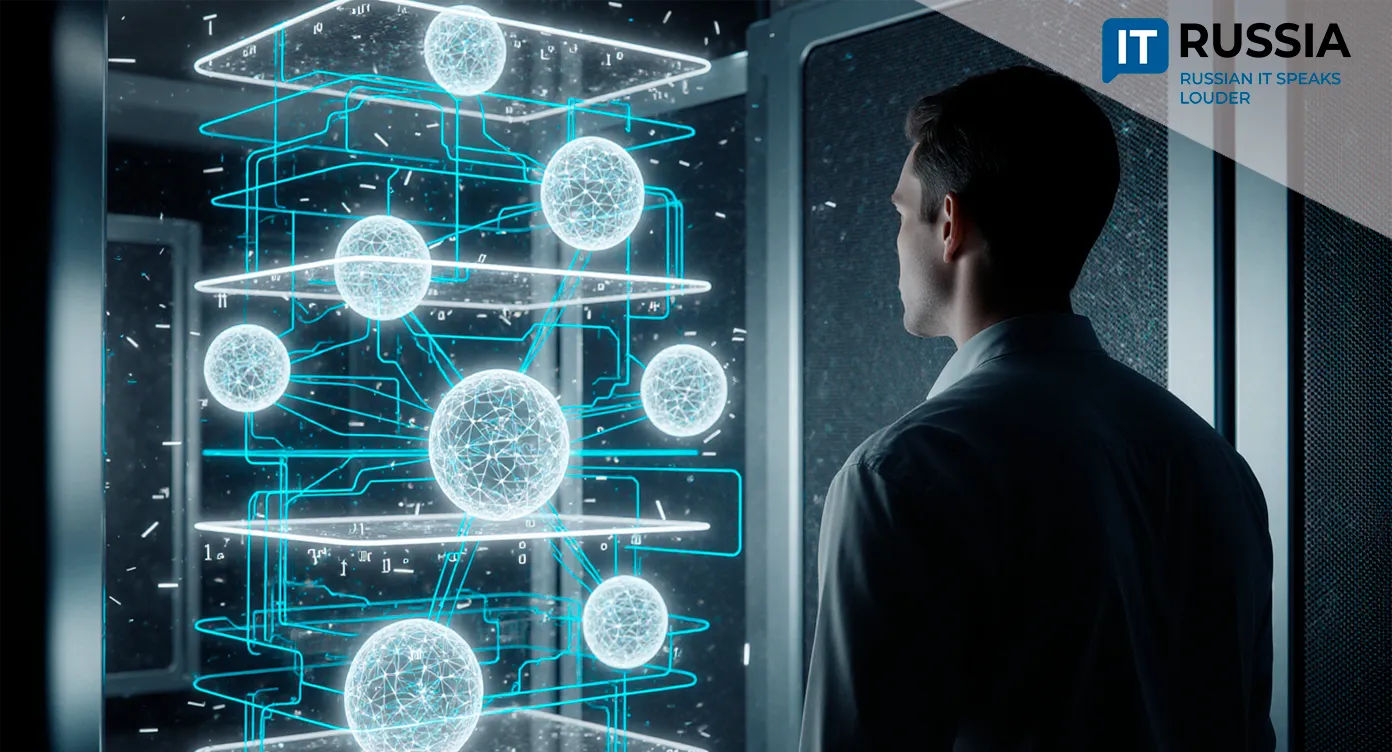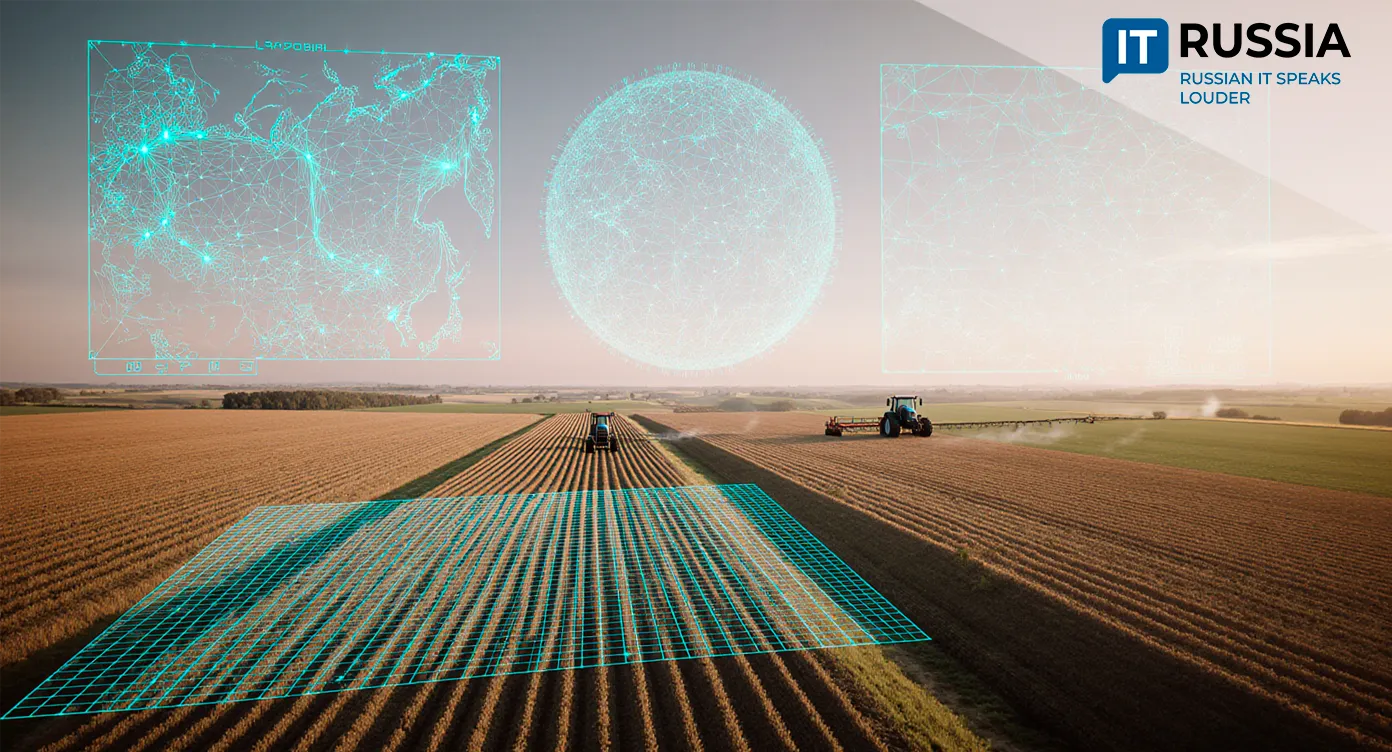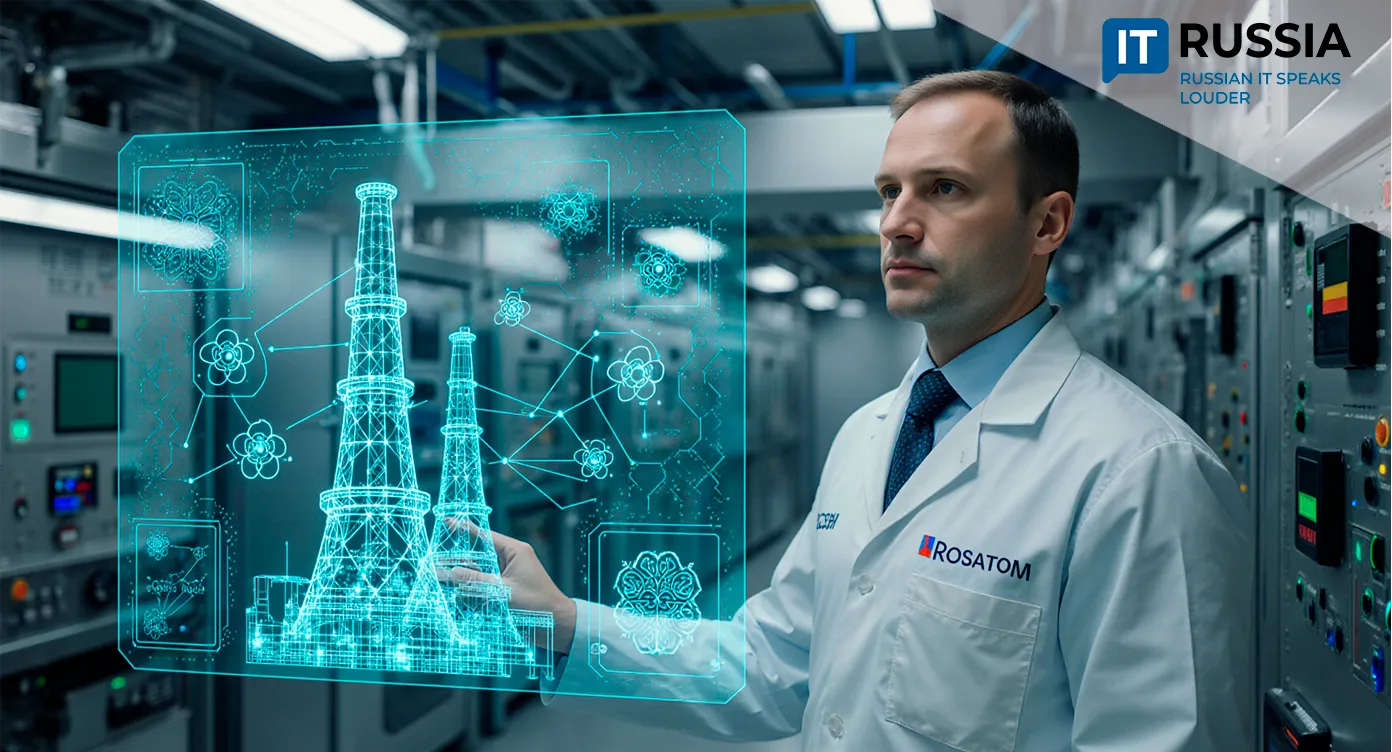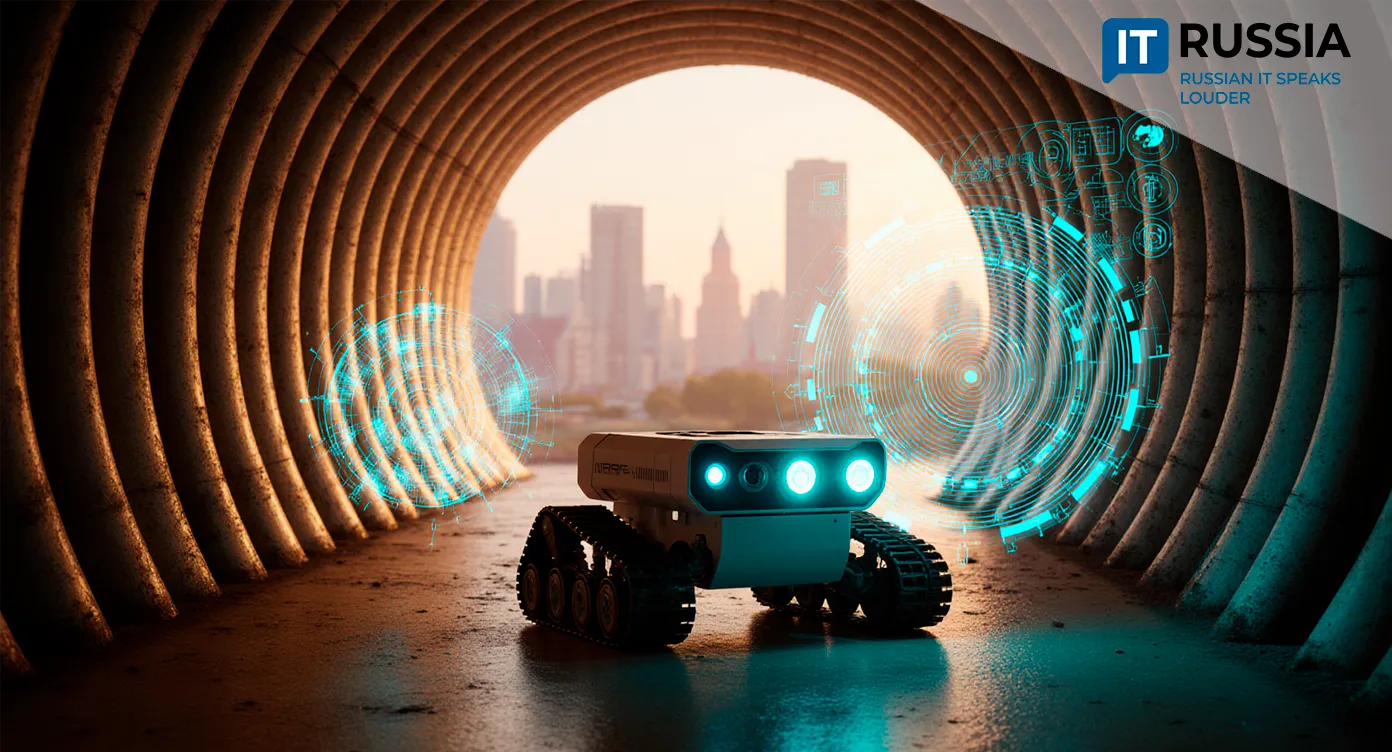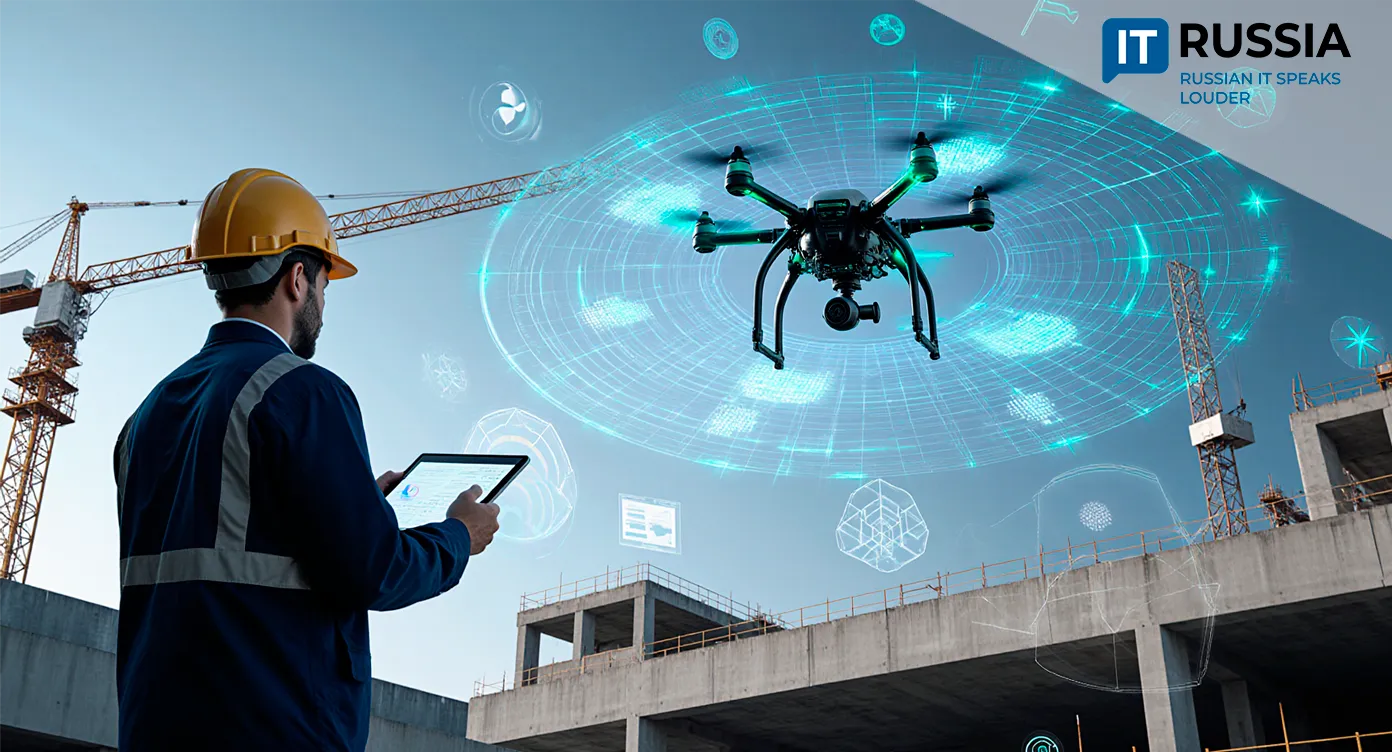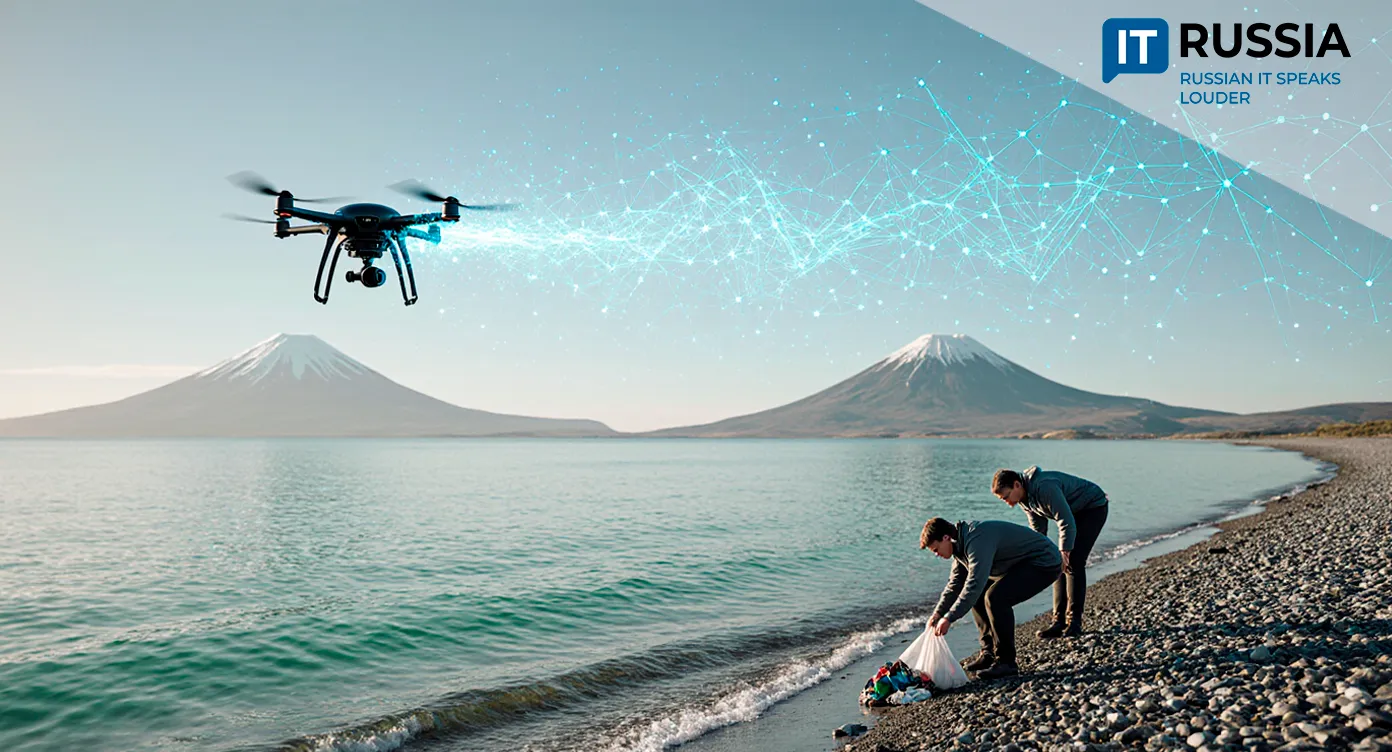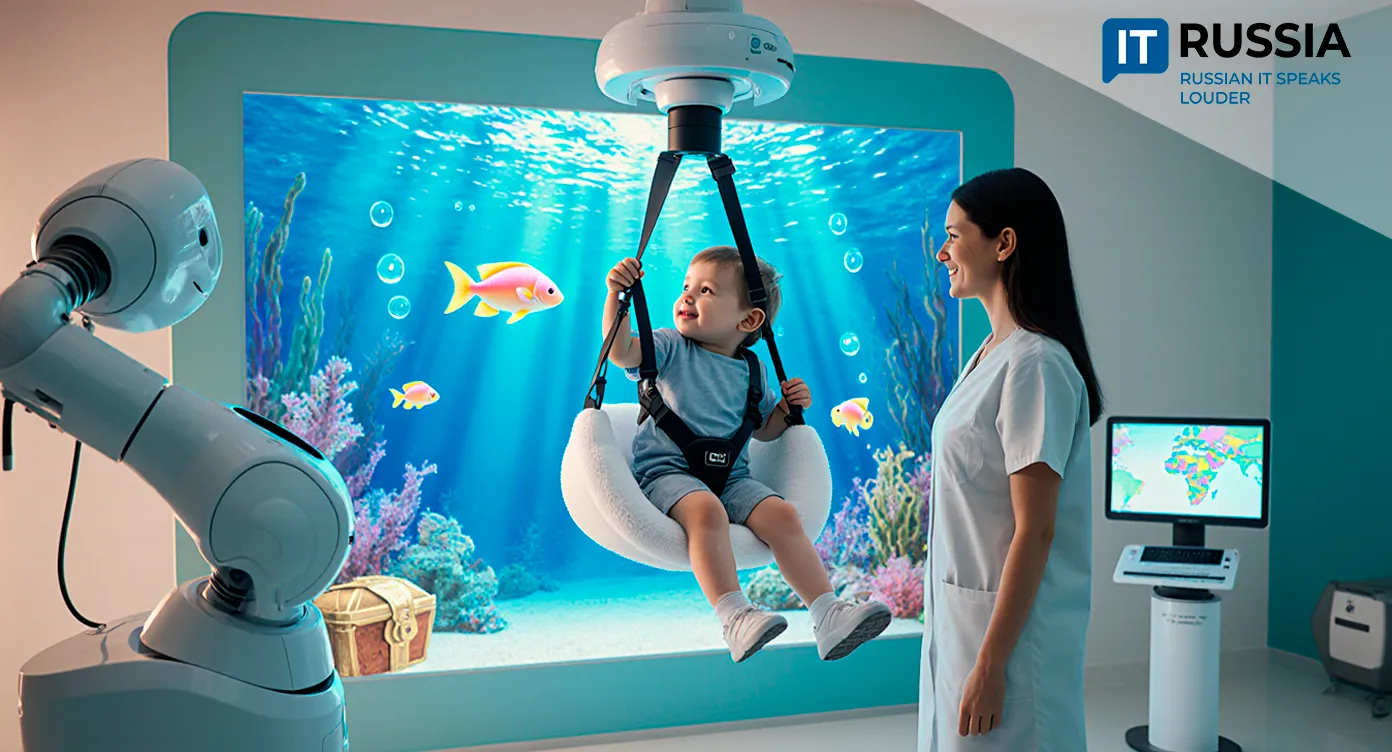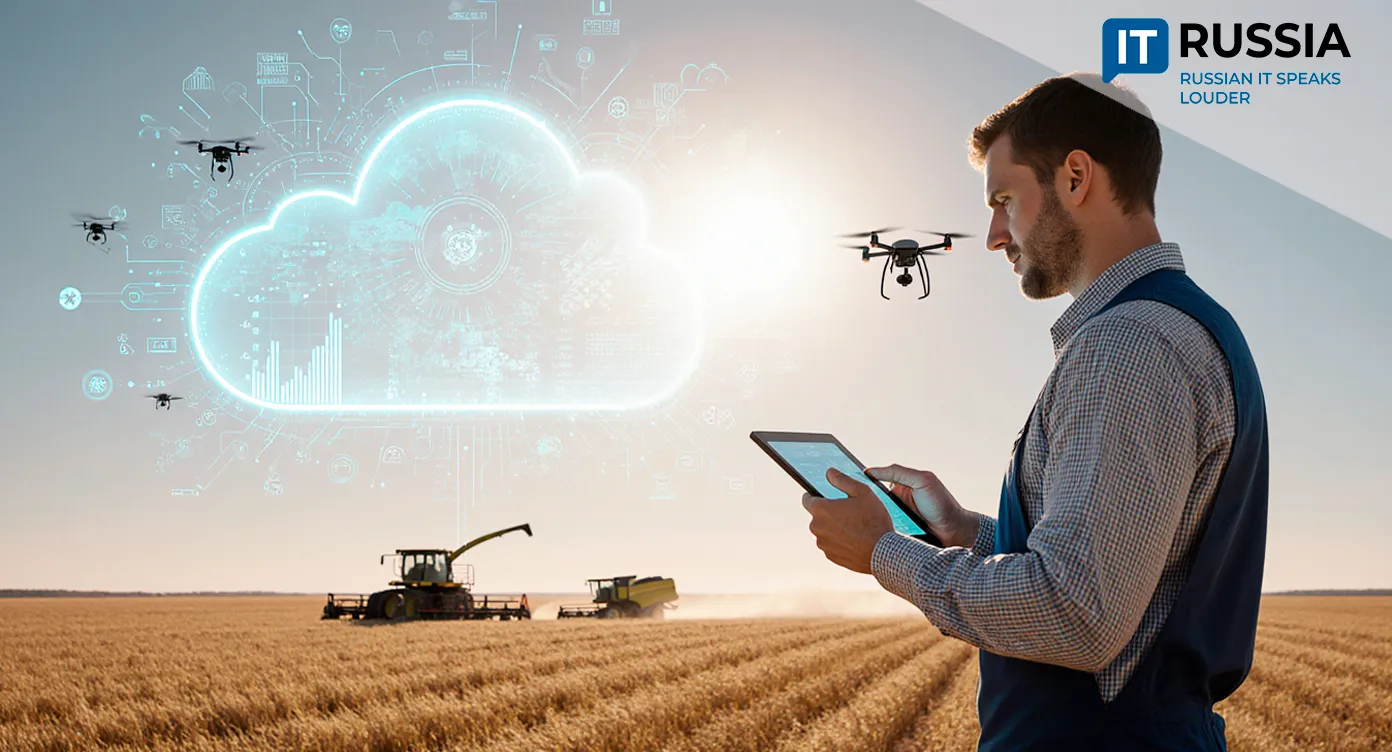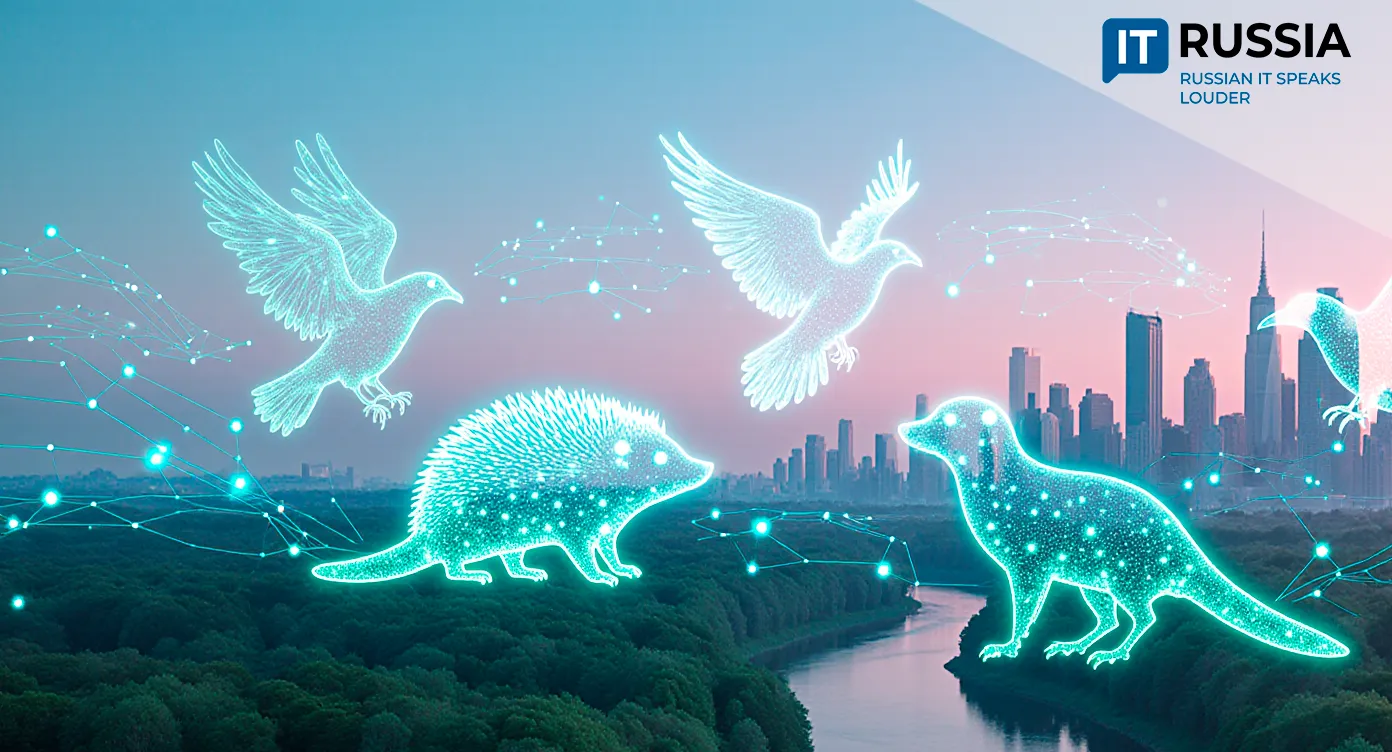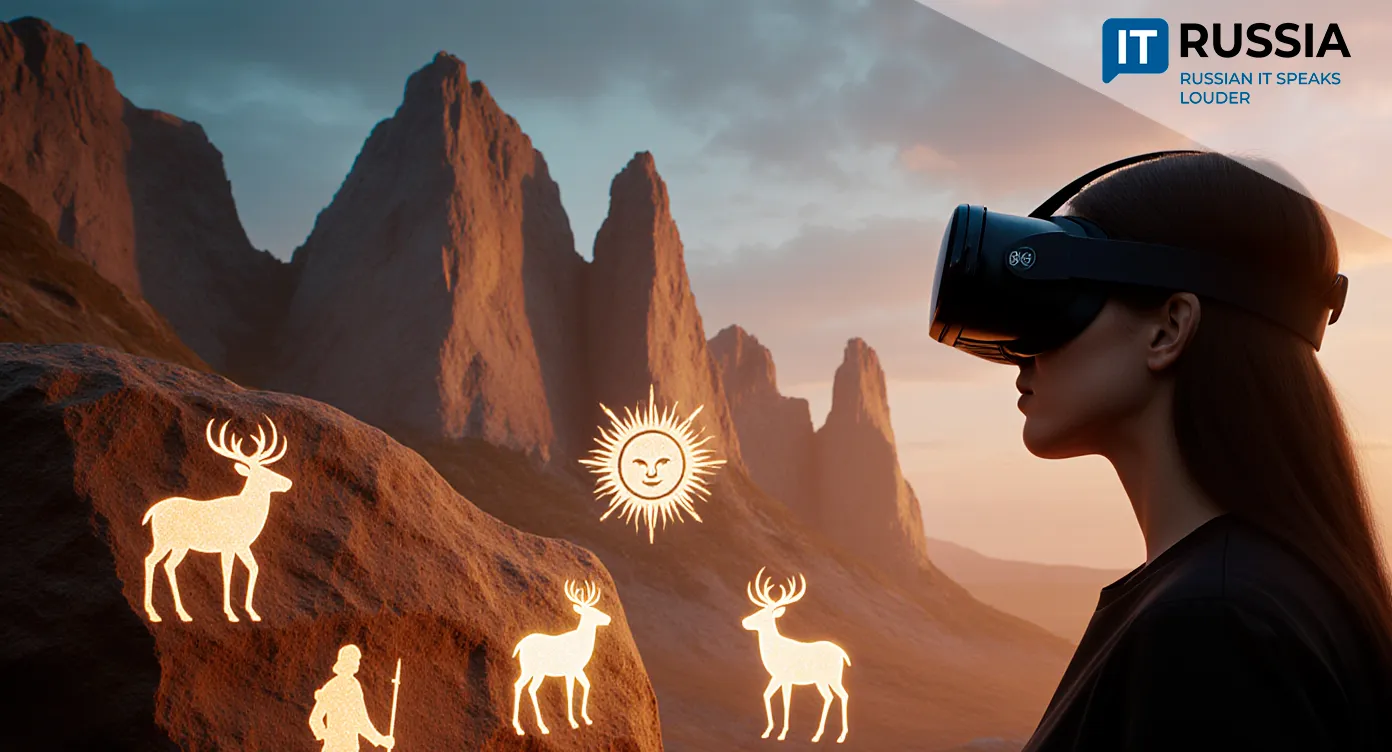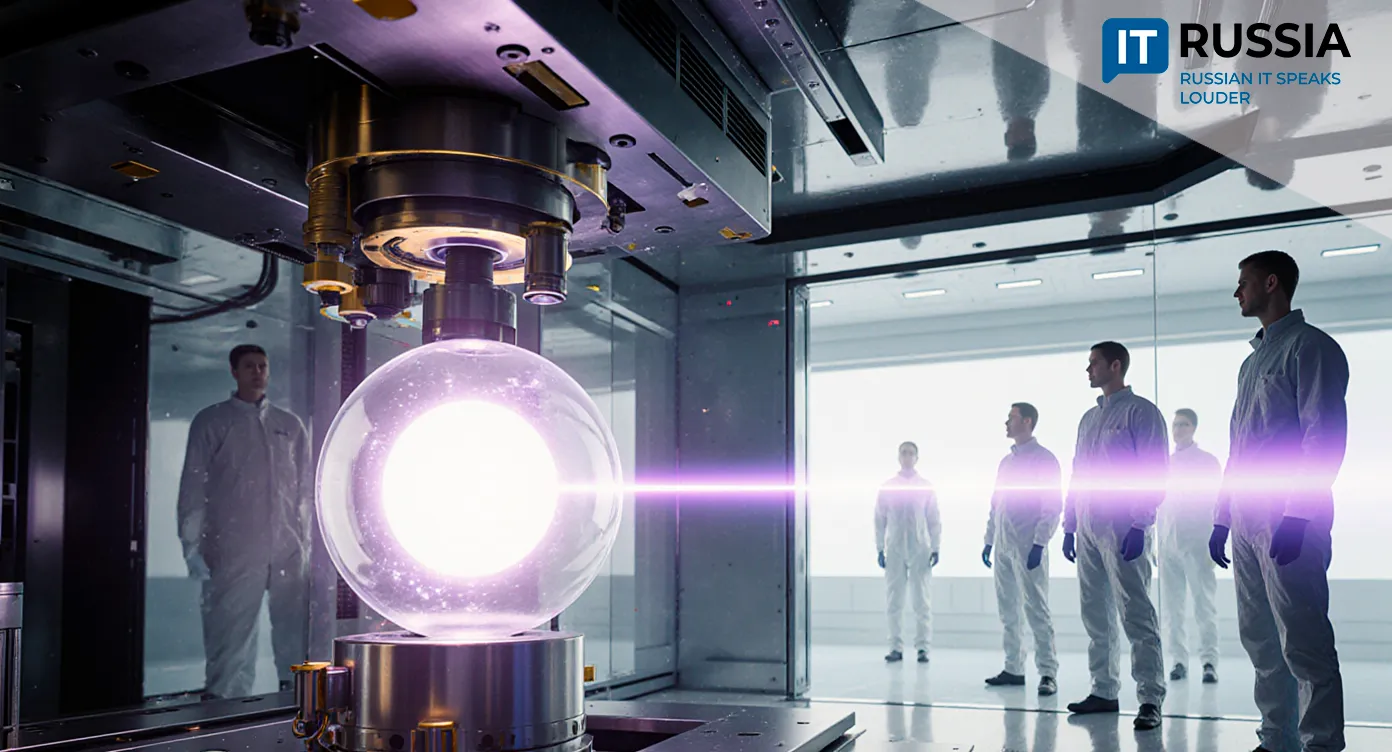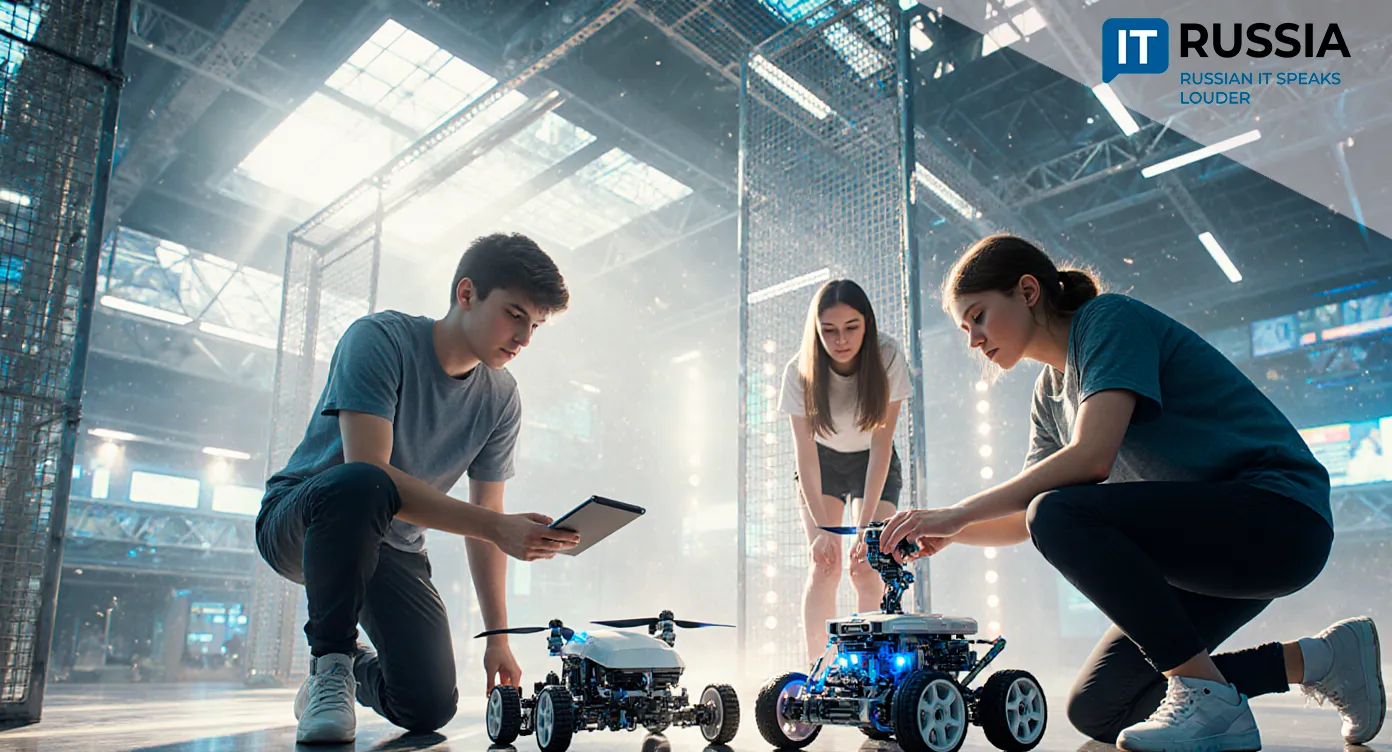Wind on Mars: How Russian Engineers Are Powering the Future
A new Russian-designed Mars rover prototype that converts wind energy into electricity was showcased at the 20th International Science Festival “Science 0+”.
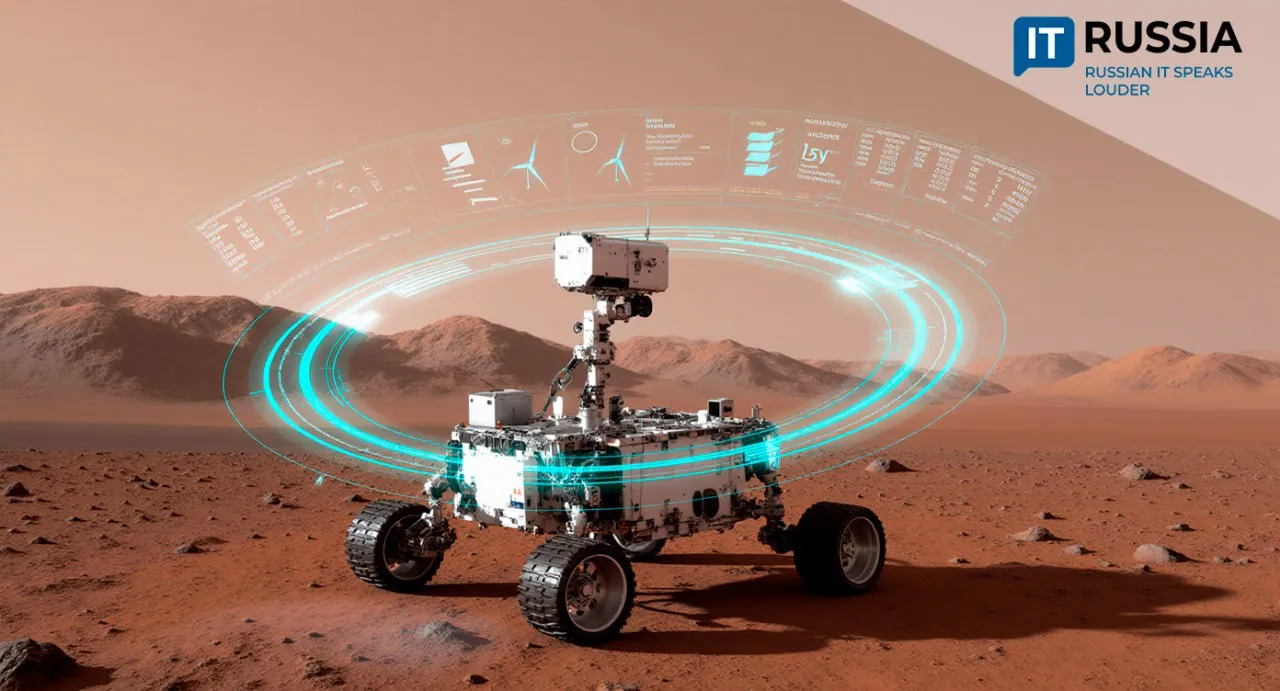
An Experimental Breakthrough from Russian Scientists
The International Science Festival "Science 0+", launched in 2006 under the initiative of Moscow State University rector Viktor Sadovnichy, has grown into one of the key platforms for showcasing research achievements in Russia and abroad.
This year, the festival spans ten countries as part of the Decade of Science and Technology, announced by Russian President Vladimir Putin. Among the highlights in Moscow was a Mars rover prototype—a true technological challenge for the future.
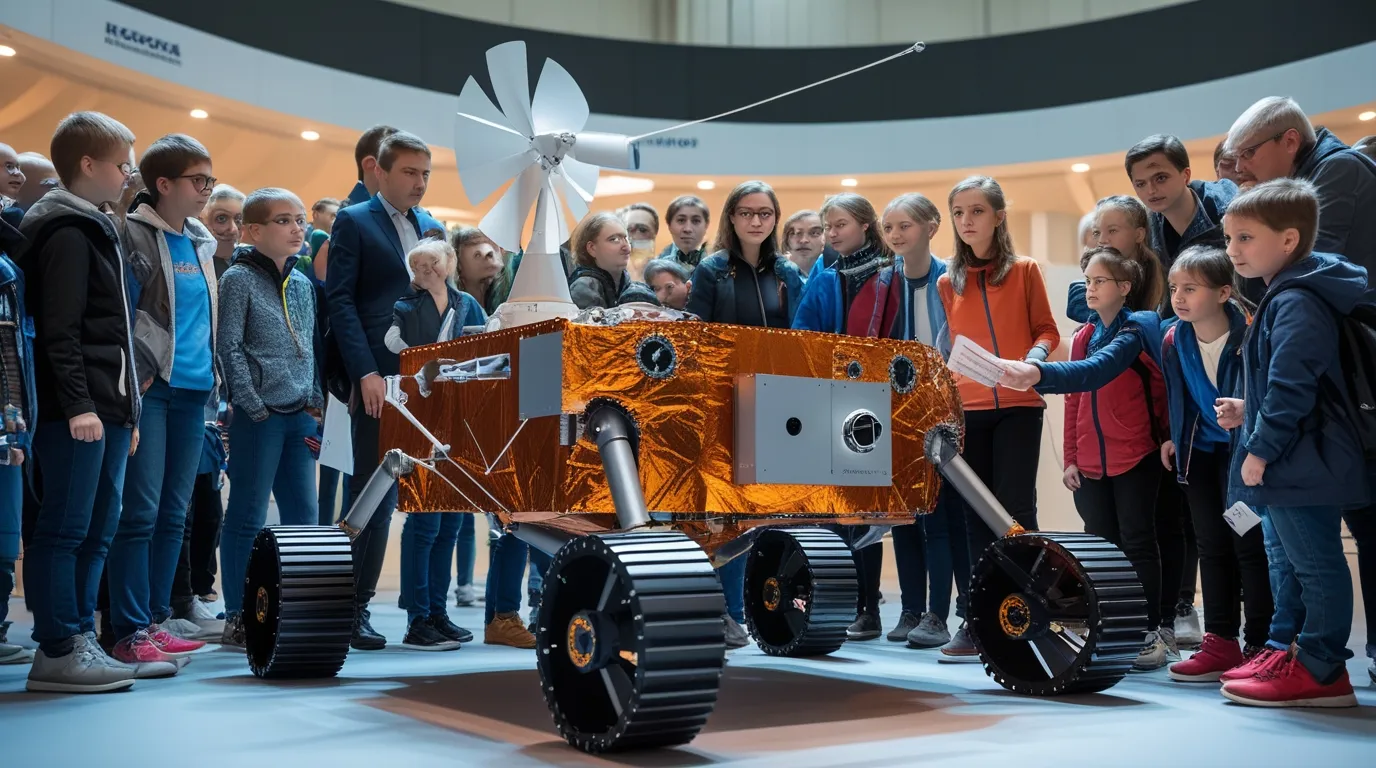
Weighing roughly 70 kilograms, the robot can recharge its batteries using wind power. At the heart of its energy system is a vertical-axis Savonius turbine, designed to operate in wind speeds starting from 10 meters per second. In the near future, the rover will undergo field trials in Kamchatka, a region with extreme weather conditions similar to those on Mars.
On the Red Planet, it could be used to collect soil samples, study the atmosphere, and conduct imaging missions.
Beyond Mars: A Universal Solution for Harsh Environments
Today, Mars rovers mainly rely on solar panels and radioisotope thermoelectric generators (RTGs) like NASA’s Perseverance. However, dust storms and long periods of low sunlight often compromise mission stability. Recent research suggests that Martian winds are stronger than previously believed, making wind energy not science fiction but a practical reserve power source.
The Russian prototype does not replace traditional systems—it complements them, offering emergency backup energy in adverse conditions. This innovation highlights the resilience of Russia’s engineering school, capable of competing in global space exploration initiatives.
From Kamchatka to the Red Planet
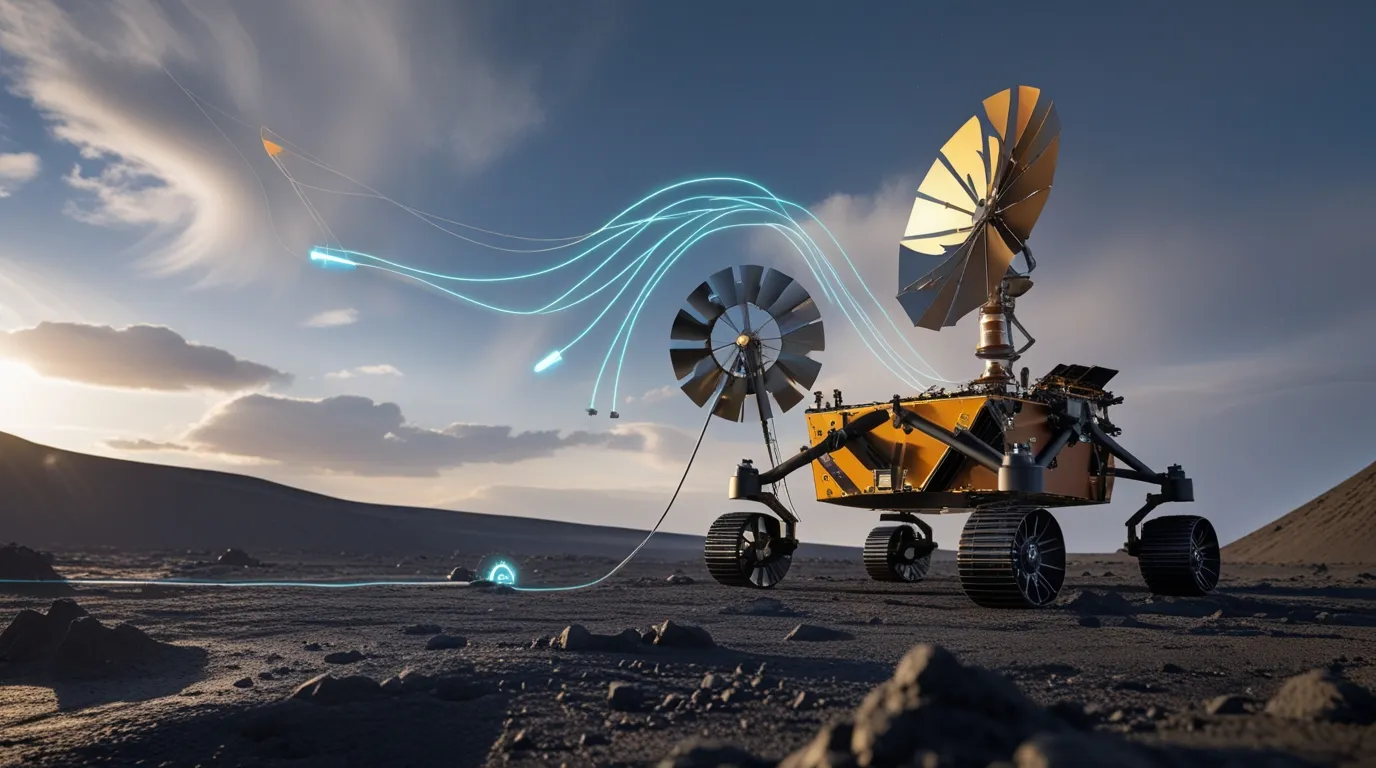
The next one to two years will be crucial as the prototype is tested for resistance to wind, dust, and temperature fluctuations in Kamchatka. Engineers are also optimizing the energy storage system and integrating solar panels to create a hybrid platform. Within three to five years, this design could become part of planetary missions, especially where solar energy is limited.
Beyond space exploration, the technology holds promise for use on Earth—in autonomous weather stations, environmental drones, and Arctic or high-altitude robotics that need reliable off-grid power.
A Step Toward a Hybrid Future
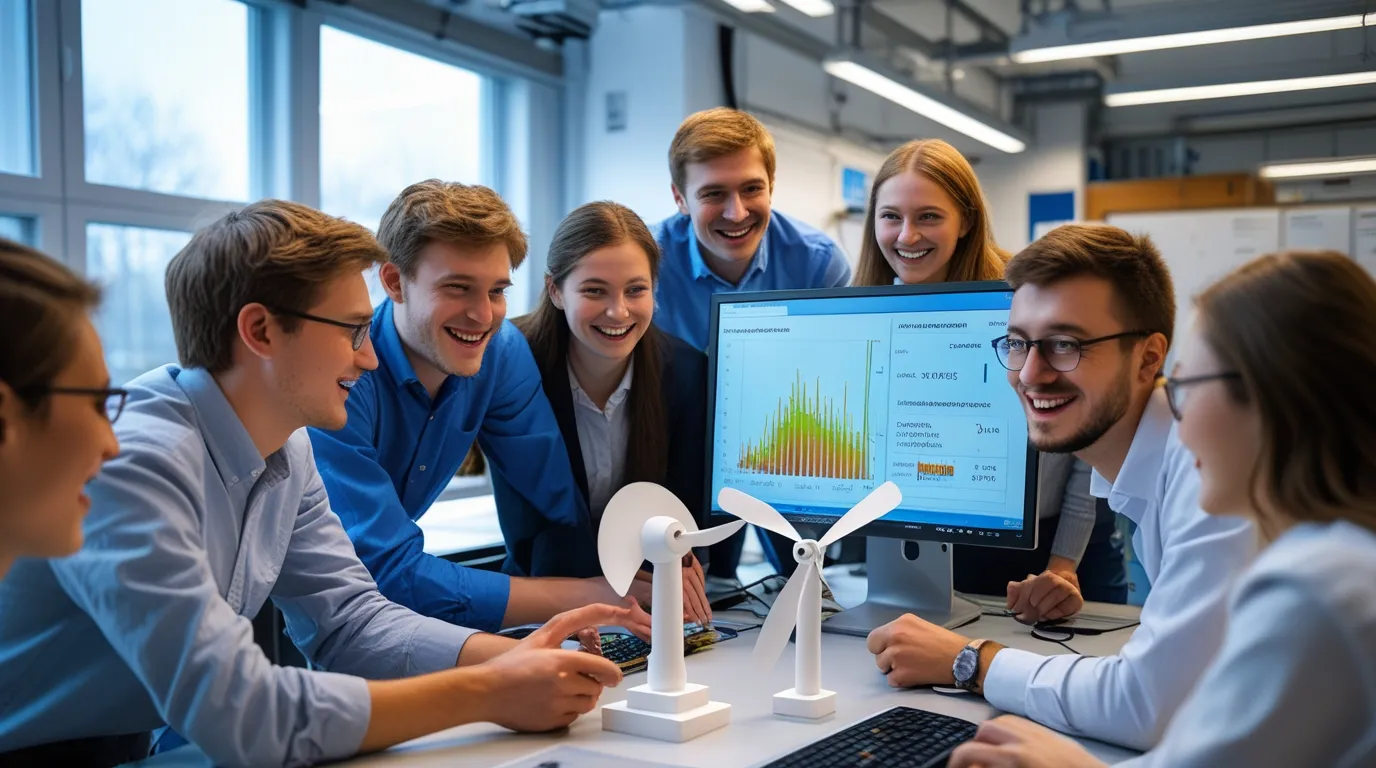
At the 10th Mars Conference in 2024, researchers discussed wind turbine concepts for aerostat platforms in the Martian atmosphere. Studies confirm that even in Mars’s thin air, winds can generate enough energy to sustain on-board systems.
This Russian initiative attracts not only scientific but also public interest, inspiring a new generation of engineers. The wind-powered rover is not a final solution but a bold experiment, signaling a clear direction for the future: hybrid power systems will define the next era of autonomous robotics.
By pioneering such technologies, Russia is reinforcing its standing in the global space science arena.



